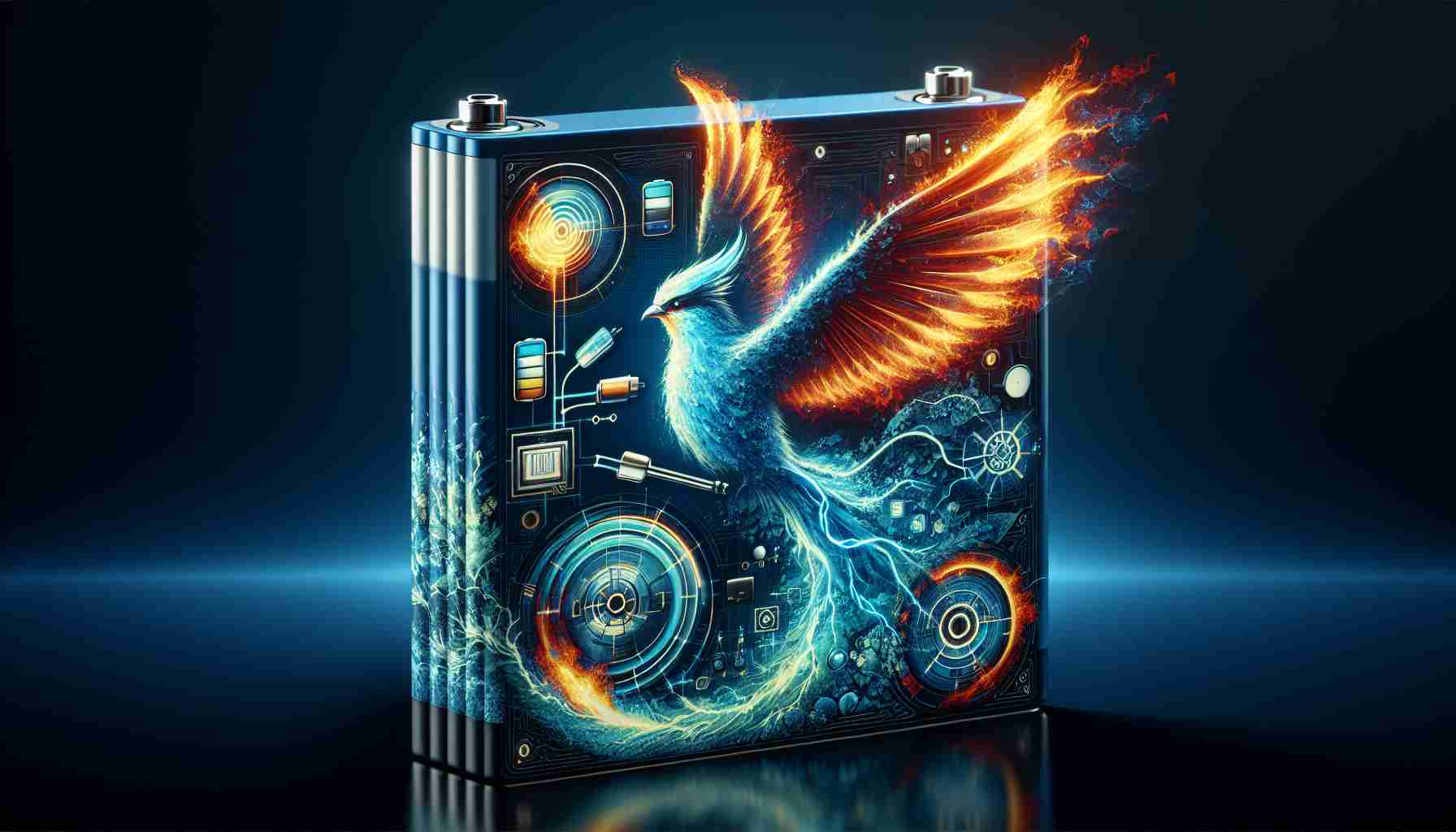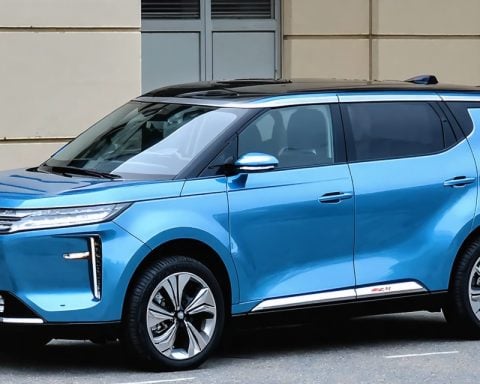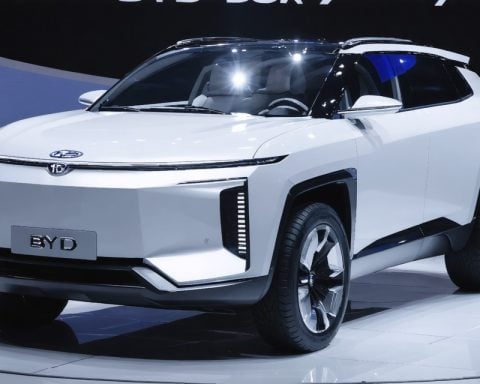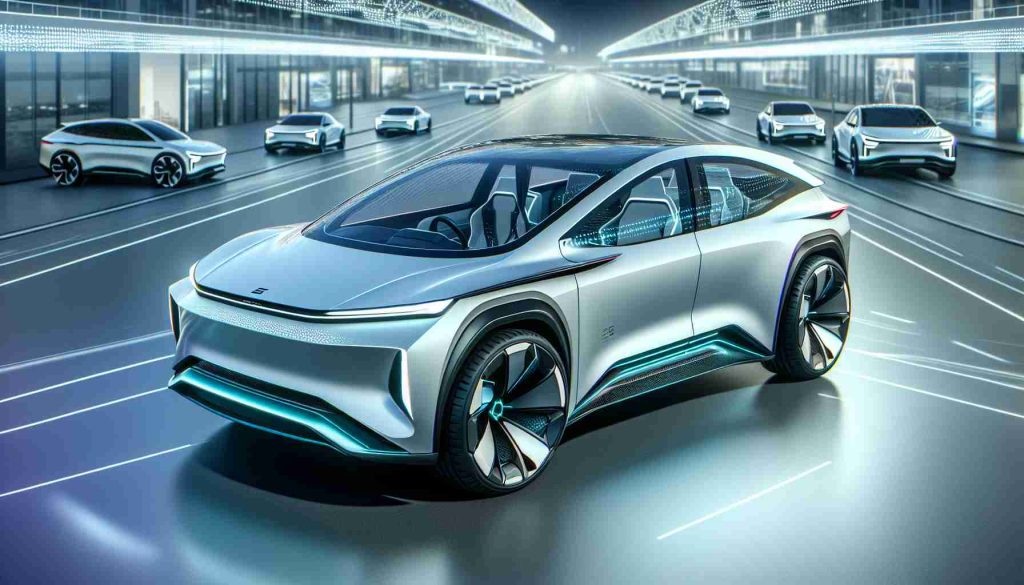- Firebird Metals is advancing its Chinese lithium manganese iron phosphate (LMFP) battery strategy, enhancing its Oakover manganese project.
- Hunan Firebird Battery Technology has received design approval for a manganese sulphate plant, achieving a significant 70% reduction in energy consumption.
- A partnership with Central South University aims to enhance LMFP development, with promising results anticipated for electric vehicle applications.
- Blue Current is innovating in solid-state battery technology, targeting elimination of electric vehicle “range anxiety.”
- Major companies like Honda are investing in solid-state facilities, aiming for 620 miles of range per charge by 2030.
- The developments signal a transformative era for battery technology, promoting sustainability and electric vehicle adoption.
In the electrifying world of battery technology, Firebird Metals has taken bold strides, especially with its Chinese lithium manganese iron phosphate (LMFP) battery strategy. This innovative leap was showcased as the company inked key partnerships to propel the Oakover manganese project in Australia, setting the stage for a greener future.
A standout achievement from Firebird’s subsidiary, Hunan Firebird Battery Technology, drew attention when it secured preliminary design approval for a cutting-edge manganese sulphate plant in Hunan. This facility promises not just efficiency but also eco-friendliness, exemplified by a stunning 70% reduction in energy use thanks to its groundbreaking pilot calcining kiln.
Meanwhile, excitement brews over a strategic partnership with Central South University. This collaboration intends to deepen the development of LMFP as a coveted cathode material, with early test results expected soon, igniting hopes for transformative applications in electric vehicles.
On a parallel track, Blue Current is pushing the envelope in solid-state battery technology. Their vision focuses on a future without the common “range anxiety” regarding electric vehicles. With promising developments revealed at the CES trade show, solid-state batteries are set to redefine performance and safety standards, ultimately leading the shift from hybrids to fully electric vehicles.
The stakes are high as major players like Honda continue to innovate, showcasing a solid-state production facility that promises 620 miles on a single charge by 2030.
The takeaway? With companies like Firebird and Blue Current at the helm, the future of batteries looks brighter—and greener—than ever before!
Revolutionizing Battery Technology: The Future is Here!
In the rapidly evolving landscape of battery technology, Firebird Metals is making significant advancements, particularly within its Chinese lithium manganese iron phosphate (LMFP) strategy. Recently, the company secured vital partnerships to advance the Oakover manganese project in Australia, promoting sustainability and innovation in energy storage systems.
Key Innovations in Battery Technology
A notable milestone achieved by Firebird’s subsidiary, Hunan Firebird Battery Technology, was the preliminary design approval for an advanced manganese sulphate plant in Hunan. This facility focuses on eco-efficiency, boasting a remarkable 70% reduction in energy consumption through a state-of-the-art pilot calcining kiln—a leap towards more sustainable manufacturing processes.
Additionally, the strategic alliance with Central South University aims to enhance the development of LMFP as a leading cathode material, with early test results expected shortly. This collaboration is a significant step forward, fueling hope for groundbreaking applications in electric vehicles (EVs) and other renewable energy technologies.
Meanwhile, Blue Current is at the forefront of solid-state battery innovation. Their groundbreaking work aims to alleviate the notorious “range anxiety” associated with EVs. Spearheaded by developments revealed at the CES trade show, solid-state batteries promise not only improved performance but also heightened safety, paving the way for a transition from hybrid to fully electric vehicles.
Market Outlook and Competitors
The competition is intense, with major automotive manufacturers like Honda entering the fray. Honda has unveiled plans for a solid-state production facility aimed at achieving an impressive 620 miles on a single charge by 2030—an ambitious target that underlines the industry’s commitment to advancing battery technologies.
Related Insights and Trends
– Pros and Cons of Solid-State Batteries: While offering higher energy density and safety, the high manufacturing costs and complexity of production present challenges.
– Market Forecasts: The global solid-state battery market is projected to reach $5 billion by 2030, driven by increasing demand for electric vehicles.
– Sustainability Aspects: The adoption of manganese for battery production enhances sustainability by reducing reliance on cobalt, which has ethical mining concerns.
Important Questions Answered
1. What is the significance of LMFP in battery technology?
LMFP batteries offer a balance of high energy density, thermal stability, and relatively lower cost compared to traditional lithium-ion batteries. They are particularly suited for electric vehicles and large-scale energy storage systems.
2. How do solid-state batteries differ from conventional lithium-ion batteries?
Solid-state batteries utilize a solid electrolyte instead of a liquid one, which not only enhances safety by eliminating flammability risks but also increases energy density, leading to longer ranges for electric vehicles.
3. What implications do these advancements have for electric vehicle adoption?
With improved battery performance, safety, and decreased production costs, these innovations are expected to accelerate the adoption of electric vehicles globally, making them a more viable option for consumers.
For further reading and insights into the future of battery technology, visit Firebird Metals or Blue Current.













